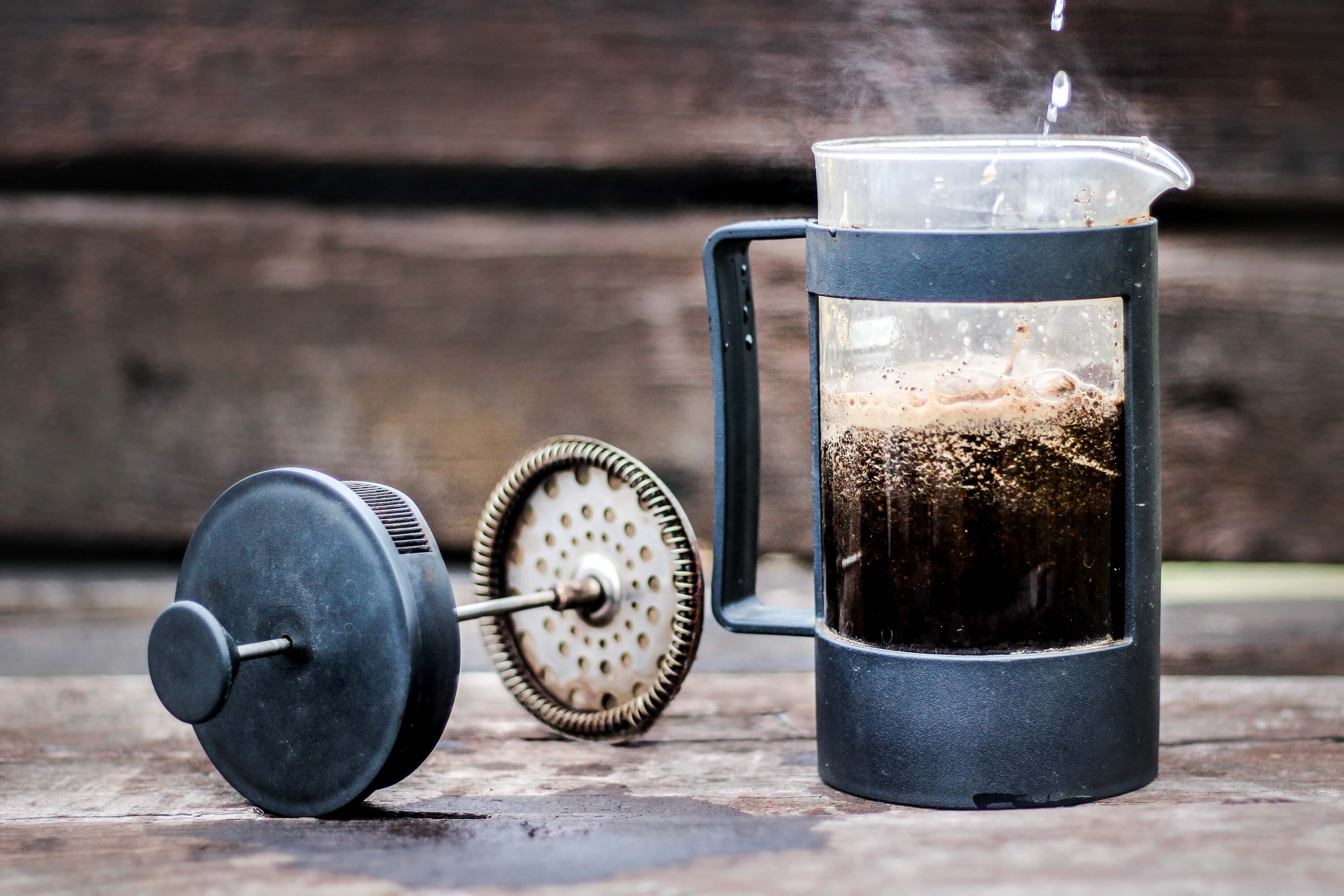Ohelo | Ohelo Life
How to Make the Perfect Cup of Coffee in a Sustainable Way
Whether we are heading to work or getting ready for a day out, many of us will get our day started with a cup of coffee. It’s a morning ritual that gives us all a little “get up and go” (we can head back for a few more cups during the day to refuel the energy tank). Whether you love the earthy aromas, the strong flavour, or the rich texture, drinking coffee is no longer just a drink, it’s a lifestyle.
Here at Ohelo HQ we want to make sure our caffeine habit is as eco-friendly as possible. So here we look at making the perfect cup of coffee in an eco-friendly way – perfect for you and the planet!
1. Buy the right coffee beans
The first step in making the perfect cup of coffee is to buy from the right people by choosing sustainably sourced coffee beans. By choosing organic and fair trade coffee, you’re supporting farmers and their communities, ensuring that they get fair prices, and providing them with a safer working environment. Choose fair trade when possible to support ethical and sustainable farming practices.
If sourcing from a smaller company, certifications may not be there (they can be very expensive so not possible for startups to obtain straightaway) so read their website and send them an email with questions – ask them how they source their coffee and how they protect the people in their supply chain.
Make sure your coffee beans are transported in a way that reduces carbon emissions (are they shipped or flown from source?).
2. Use a reusable coffee mug
Using a reusable travel mug to drink your coffee, whether at home, on the go, or in your office, is an excellent way to reduce your carbon footprint and eliminate waste going to landfill. Single use coffee cups are made from paper and a plastic lining which makes them incredibly difficult to correctly recycle, resulting in almost all of them ending up in landfill.
2.5 billion single use coffee cups are used in the UK every year, and only 0.25% of those currently recycled, leaving 99.75% of these single use cups to go to landfill or incinerators.
Skip the single use cup and opt for an ethically made reusable coffee cup. Added benefit: many cafes will give you a discount for bringing in your to go coffee cup – helping you to save pennies and the planet at the same time!

3. Brewing the best way
French press or pod machine? As coffee drinkers with a conscience, we want great tasting coffee with minimal waste.
A French press is a great sustainable choice as it eliminates unnecessary single use filters and unnecessary pod packets. The only waste here will be leftover coffee grounds. Minimise this by only grinding what is necessary (we all tend to overdo it here).

Pod coffee machines are the convenient, time-saving option that has become increasing popular. However they are the most wasteful, with pods that are difficult to recycle properly adding to the single use plastic problem. Coffee pods that end up in landfill can take 150-500 years to break down. If you have a pod machine, look at finding a more sustainable pod option: are they home compostable? Are they easily recyclable? Will the company collect empty pods to ensure they are recycled in the correct way?
Are you a drip coffee filter aficionado? Then those single use filters can be a big source of waste. Look at getting a reusable filter – it is an excellent alternative that helps reduce waste and saves money in the long run.
4. Use the right water temperature
Using the right water temperature to brew your coffee is vital. If the water is too hot it can burn the coffee and cause it to taste bitter, while using water that's too cold will under-extract your coffee leaving you with a flat, tasteless cup. Experts generally recommend a temperature of around 93°C for the perfect coffee brew. So think like goldilocks to get that perfect brew – not too hot, not too cold, just right!
5. Get your portions right
Remember the coffee itself has a large carbon footprint. The more coffee we drink the more land is needed – as coffee is grown in tropical climates this can lead to deforestation. Huge amounts of water are needed to grow and process coffee, adding to the carbon footprint of our morning cup of joe.
When grinding at home most people significantly overestimate how much coffee they need which leads to your cuppa having an increased carbon footprint. Get your coffee portions right (this is something pod systems do for us, so look there for inspiration) and reduce your coffee waste.
However you brew at home you will likely be left with used coffee grounds. Put these to good use by throwing on your garden – they are high in Nitrogen and other chemicals your plants find helpful – a great fertiliser from a waste product of your caffeine habit!
Make your morning caffeine buzz more eco-friendly by following our sustainable coffee tips. You can get the same great flavour while protecting the environment, reducing your carbon footprint and looking out for the coffee growing communities. Guaranteed to get your day off to an even better start!
Similar Posts
1. Is your coffee cup recyclable?
2. Are plant based plastic alternatives sustainable? Here’s what you need to know
3. Why single use coffee cups aren’t widely recycled?
4. From Brew to Pew: Why does your reusable coffee cup smell so bad?















